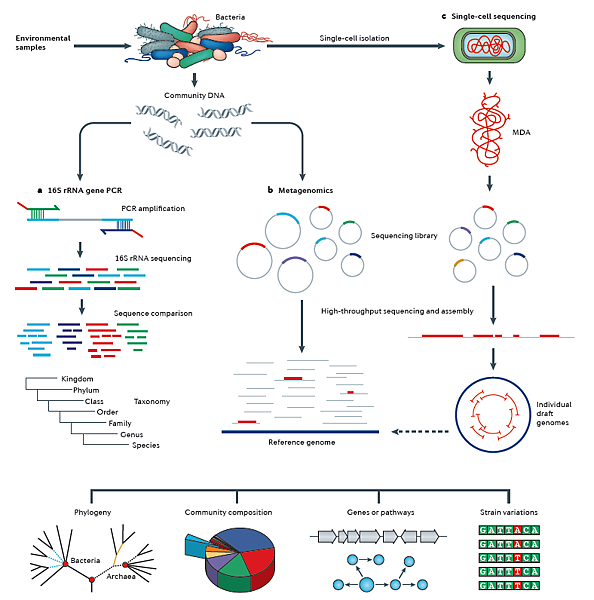

Such samples ‘may have been exposed to light, heat, moisture, or chemicals that can compromise the ability to get results’. Unlike samples taken in a controlled environment, ‘crime scene testing…is like seeking results from dirty Band-Aid-after it has been in the trash for two weeks’. These divergent conclusions are possible, even for a well-grounded scientific endeavor like forensic DNA typing, because the DNA collected at real crime scenes is often unlike the pristine DNA samples that we provide to our doctors or that known arrestees and convicted persons provide through a cheek swab.
#16s rrna sequence analysis trial#
What is more, only one of the 17 examiners tendered a conclusion consistent with the analyst in the actual case in which the DNA mixture arose-a conclusion introduced at trial to convict a real-life suspect of the crime. "In one recent study, researchers asked 17 experienced DNA examiners to analyze a DNA mixture (a sample including DNA from more than one person) from an alleged gang rape the examiners reached widely divergent conclusions about whether a particular suspect might have been involved in the rape. How do everyday honest, crime-free, mothers, fathers, uncles, aunts, and other family members feel when their life becomes a nightmare because unscientific practices ruined their everything: ( How Forensic DNA Evidence Can Lead to Wrongful Convictions).
#16s rrna sequence analysis full#
And even full profiles may match with a person other than the culprit.įurther complicating matters, a single DNA profile might be mistakenly generated when samples from multiple people are accidentally combined. Profiles will match up with many more people than a full profile. In the criminal prosecution arena, where one would suppose that the most delicate care would be utilized to avoid the horror of punishing innocent people, the DNA forensic process must be more than just "rolling the dice": Note that chimera samples are not "new species" they are usually 'unidentifiable'. ( Global Microbiome Identifies Thousands of "New Species", emphasis added).

Or can you imagine them being surprised/alarmed when this was declared:ġ2,000 bacteria and viruses collected in a sampling from public transit systems and hospitals around the world from 2015 to 2017 had neverīefore been identified, according to a study by the International MetaSUB Consortium, a global effort at tracking microbes that is led by

Can you imagine then, any place more likely to have "constant chemical modification and damage" than city streets, sidewalks, public bathrooms, and "the great outdoors" where rain, vehicle exhaust, and pile upon pile of DNA of various and sundry types is relentlessly deposited? ( Genomic landscape of oxidative DNA damage). Although detailed molecular mechanisms of DNA damage and repair are well understood, damage impact and execution of repair across a genome remain poorly defined."

"DNA is subject to constant chemical modification and damage, which eventually results in variable mutation rates throughout the genome. Perhaps they didn't know there was such a problem (many experts don't) ?īefore I discuss the continuing tests I have done on their data, let's consider the chimera biosphere: Among the many "things" I can't find in the MetaSUB reporting is any discussion of how they mastered the "chimera problem".


 0 kommentar(er)
0 kommentar(er)
